Dear friends, colleagues and those who have expressed an interest in the FOOD & CULTURE of Japan:
With consistently cooler days and a few downright chilly nights, it finally feels as though autumn has arrived in Tokyo. After another long, brutal summer during which beat-the-heat survival menus featured icy cold tofu and well-chilled egg custards, it’s time to welcome piping hot, steamed chawan mushi to table. This month’s newsletter and Kitchen Culture blog posts are devoted to these egg puddings prepared, cooked and served in small ramekin-like cups.
Steaming – cooking by means of enclosed moist heat – is a fuel efficient and ancient method of preparing food. Although not unique to any one food culture, steamed dishes have long been a mainstay in Japanese cookery.
Chawan mushi as pictured above and widely enjoyed throughout Japan today was probably first served in Nagasaki in the late 17th century as part of Chinese-influenced shippoku banquets. One of the oldest restaurants still serving shippoku chawan mushi is Yossō (吉宗) established in 1866 in Nagasaki’s Hamacho district.
Visit PROJECT Serving Chawan Mushi for suggestions on how to serve steamed egg custards.
EXCITING NEWS! I’ll be contributing blog posts with recipes to The Japanese Pantry, an online store dedicated to making the best quality artisanal Japanese ingredients available to cooks in the United States.
Check out the first installment of my series(Image is also possible to click)
WASHOKU KITCHEN WISDOM
A Taste of Culture PROGRAMS
2-Session TSUKÉMONO Workshop: Fri December 6 (6:30-8:30pm) + Sat December 7 (10:30am – 4:00pm). Click photo for details and to register.
A Taste of Culture offers custom workshops for visitors and residents who wish to learn about Japanese home-style cooking and prepare it for themselves.Details here.
For on-going inspiration and instruction, visit my KITCHEN CULTURE archives and the coordinated Facebook Group kitchen projects at KITCHEN CULTURE COOKING CLUB.
Regardless of where you reside, I hope you remain interested in Japan and its food culture.
KABOCHA
Kabocha, a pumpkin-like squash with sweet, orangey-gold flesh and dark green, edible skin, frequently appears on the menu in Japan. For ideas and recipes, visit both the Project Kobocha and the Kitchen Culture blog posts.
HARAKO MESHI
Salmon has always played an important role in the food culture of Japan’s Tohoku (northeast) region, and Harako Meshi (literally “salmon child rice”) is a signature dish, often featured at family gatherings,
WASHOKU ESSENTIALS bi-monthly column in the Japan Times. Most recently about eggplants too delicious to serve your daughter-in-law
The most recent podcast, posted on September 10, is about the language of mouthfeel and food texture.
Prefer video-based learning? Join me on CRAFTSY




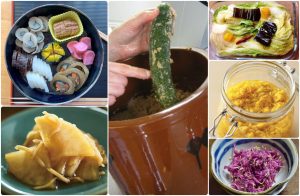
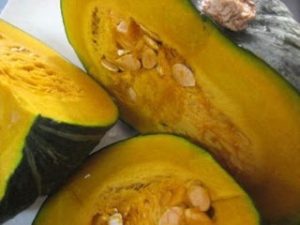


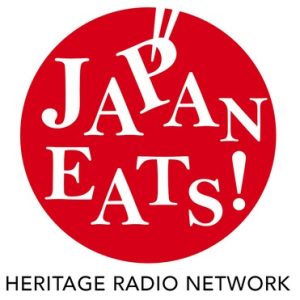
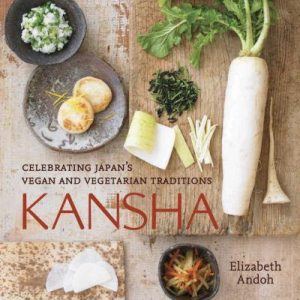
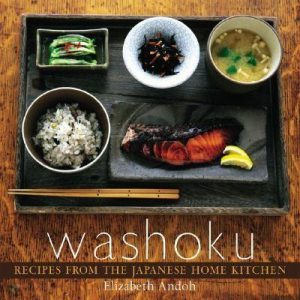
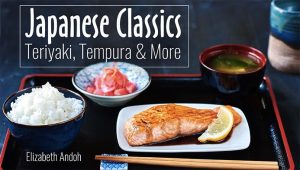
Comments